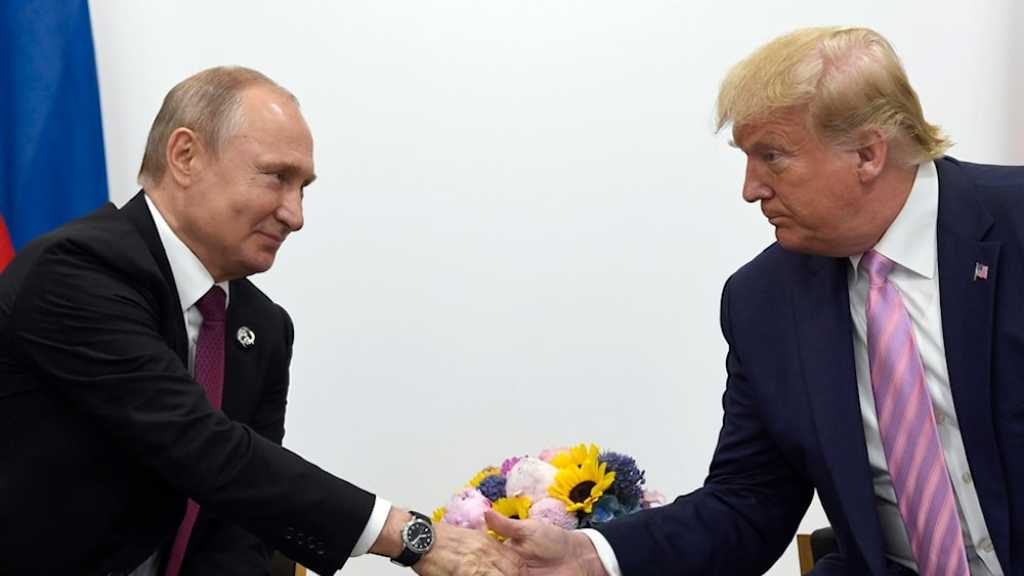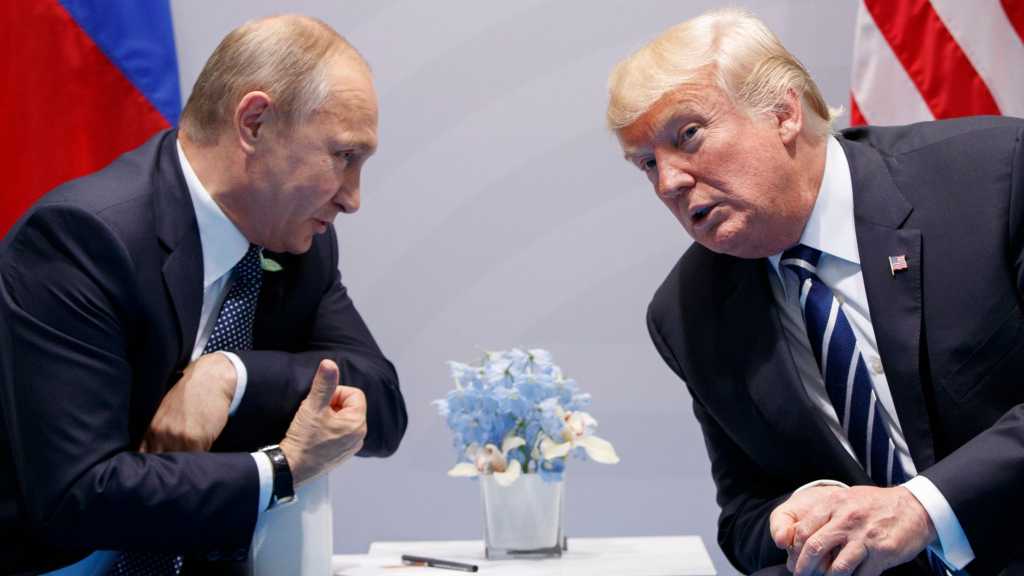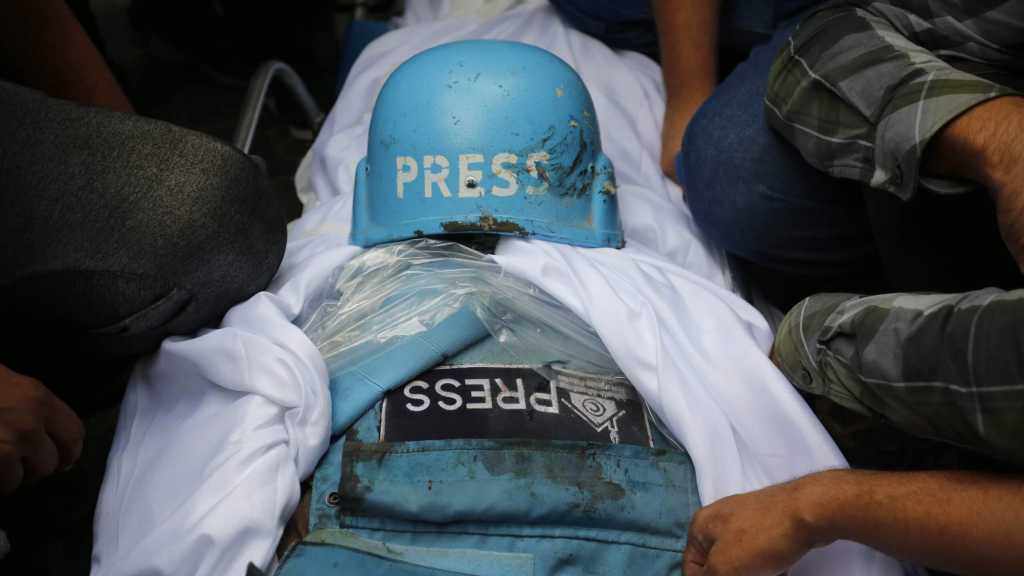US hurls unique F-35 fighter jet to “Israel”

Local Editor, 25-11-2009
The United States has offered to add "Israeli" systems and munitions to a new US-built fighter jet and deliver it to "Israel" by 2015, provided a deal is sealed in coming months.
Lockheed Martin Corp, maker of the radar-evading F-35 Joint Strike Fighter, would tie in Israeli-built command, control, communications, computer and intelligence systems for a unique version of the jet for sale to "Israel", Jon Schreiber, a senior Pentagon program official, told Reuters Monday.
The United States also would integrate bombs that use an "Israeli" precision guidance kit called Spice along with Python 5 air-to-air missiles made by Israel's Rafael Advanced Defense Systems Ltd., Schreiber said in an interview.
In addition, Schreiber added, "Israel" would get a relatively inexpensive path for hardware and software upgrades to add future weapons.
Schreiber stressed the United States had not yet begun to market the F-35 to any other potential buyers in the Middle East. The United States is committed to maintaining "Israel's" "qualitative" military edge over any regional rival.
"Israel" must approve this no later than March and reach a deal with Lockheed on integrating the "Israeli" weapons and other systems by June or July, he added, to buy in fiscal 2012 for delivery in 2015.
Besides, a report published by Reuters said that the Pentagon is still opposed to the introduction of an "Israeli" electronic warfare suite for the version of the fighter that would be procured by the "Israeli" army, and this remains a key "Israeli" condition.
An order from "Israel" has been postponed for months because of discussions on the issue of Israeli systems, and the aircraft's high cost.
The IAF would like to place an order for the first 25 F-35s, out of an overall order of 75.
The estimated cost of the deal stands at $14.5 billion. To date, the Pentagon and the maker of the advanced fighter, Lockheed Martin, had refused "Israel" Air Force requests for substantial changes to the aircraft, so that it would be capable of meeting the IAF's specialized requirements.
The Americans argued that the avionics suite of the F-35 cannot be changed, and the "Israeli" requests were made at a late stage in the development.
The Americans' willingness to soften their position is the result of a series of meetings held by Lockheed officials and "Israeli" defense establishment officials three weeks ago, and also difficulties with the project, particularly concerns that orders by countries participating in the development project will be low.
An extensive series of discussions is being carried out at the Pentagon to evaluate the delays in the test phase of the aircraft, as well as the overall cost of the project, which is estimated to exceed the original budget by some $15 billion.
According to Md., Lockheed Martin, F-35 fighter will provide the United States and its allied governments with an affordable, stealthy 5TH generation fighter for the 21st century, Brings stealth capability that is integrated throughout the aircraft with embedded antennas, aligned edges and special coatings and materials.
It will also meet multiple service requirements with a single-engine supersonic multirole fighter, Conducts air-to-air and air-to-ground combat missions simultaneously with near impunity and Carries a comprehensive sensor package that integrates vast amounts of battlespace information with allied forces in the air, on the ground, at sea or in space.
While the United States is the primary customer and financial backer, the United Kingdom, Italy, the Netherlands, Canada, Turkey, Australia, Norway and Denmark have agreed to contribute US$4.375 billion toward the development costs of the program. Total development costs are estimated at more than US$40 billion (underwritten largely by the United States).The nine major partner nations plan to acquire over 3,100 F-35s through 2035.
In 2003, "Israel" signed a formal letter of agreement, worth almost $20 million, to join the System Development and Demonstration (SDD) effort for the F-35 as a "security cooperation participant" (SCP). The "Israeli" Air Force (IAF) stated in 2006 that the F-35 is a key part of IAF's recapitalization plans, and that "Israel" intends to buy over 100 F-35A fighters at an estimated cost of over $5 billion to replace their F-16s over time.
The United States has offered to add "Israeli" systems and munitions to a new US-built fighter jet and deliver it to "Israel" by 2015, provided a deal is sealed in coming months.
Lockheed Martin Corp, maker of the radar-evading F-35 Joint Strike Fighter, would tie in Israeli-built command, control, communications, computer and intelligence systems for a unique version of the jet for sale to "Israel", Jon Schreiber, a senior Pentagon program official, told Reuters Monday.
The United States also would integrate bombs that use an "Israeli" precision guidance kit called Spice along with Python 5 air-to-air missiles made by Israel's Rafael Advanced Defense Systems Ltd., Schreiber said in an interview.
In addition, Schreiber added, "Israel" would get a relatively inexpensive path for hardware and software upgrades to add future weapons.
Schreiber stressed the United States had not yet begun to market the F-35 to any other potential buyers in the Middle East. The United States is committed to maintaining "Israel's" "qualitative" military edge over any regional rival.
"Israel" must approve this no later than March and reach a deal with Lockheed on integrating the "Israeli" weapons and other systems by June or July, he added, to buy in fiscal 2012 for delivery in 2015.
Besides, a report published by Reuters said that the Pentagon is still opposed to the introduction of an "Israeli" electronic warfare suite for the version of the fighter that would be procured by the "Israeli" army, and this remains a key "Israeli" condition.
An order from "Israel" has been postponed for months because of discussions on the issue of Israeli systems, and the aircraft's high cost.
The IAF would like to place an order for the first 25 F-35s, out of an overall order of 75.
The estimated cost of the deal stands at $14.5 billion. To date, the Pentagon and the maker of the advanced fighter, Lockheed Martin, had refused "Israel" Air Force requests for substantial changes to the aircraft, so that it would be capable of meeting the IAF's specialized requirements.
The Americans argued that the avionics suite of the F-35 cannot be changed, and the "Israeli" requests were made at a late stage in the development.
The Americans' willingness to soften their position is the result of a series of meetings held by Lockheed officials and "Israeli" defense establishment officials three weeks ago, and also difficulties with the project, particularly concerns that orders by countries participating in the development project will be low.
An extensive series of discussions is being carried out at the Pentagon to evaluate the delays in the test phase of the aircraft, as well as the overall cost of the project, which is estimated to exceed the original budget by some $15 billion.
According to Md., Lockheed Martin, F-35 fighter will provide the United States and its allied governments with an affordable, stealthy 5TH generation fighter for the 21st century, Brings stealth capability that is integrated throughout the aircraft with embedded antennas, aligned edges and special coatings and materials.
It will also meet multiple service requirements with a single-engine supersonic multirole fighter, Conducts air-to-air and air-to-ground combat missions simultaneously with near impunity and Carries a comprehensive sensor package that integrates vast amounts of battlespace information with allied forces in the air, on the ground, at sea or in space.
While the United States is the primary customer and financial backer, the United Kingdom, Italy, the Netherlands, Canada, Turkey, Australia, Norway and Denmark have agreed to contribute US$4.375 billion toward the development costs of the program. Total development costs are estimated at more than US$40 billion (underwritten largely by the United States).The nine major partner nations plan to acquire over 3,100 F-35s through 2035.
In 2003, "Israel" signed a formal letter of agreement, worth almost $20 million, to join the System Development and Demonstration (SDD) effort for the F-35 as a "security cooperation participant" (SCP). The "Israeli" Air Force (IAF) stated in 2006 that the F-35 is a key part of IAF's recapitalization plans, and that "Israel" intends to buy over 100 F-35A fighters at an estimated cost of over $5 billion to replace their F-16s over time.
Comments

Kremlin: No Preparations Yet for Trump-Putin Meeting
3 months ago


